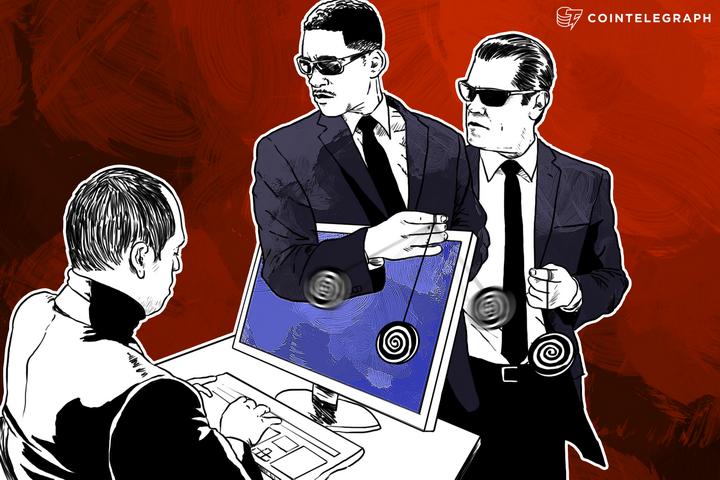In a campaign that's received nearly as much effort and funding as presidential elections themselves, the U.S. federal government is trying to steer people toward visiting sites that give step-by-step instructions on how to encrypt digital communications.
The passage of the USA Freedom Act, the declassified documentation about the NSA's secret sister agency NSAC, and the passage of “net neutrality” have all been cleverly orchestrated to deliver one resounding message: “Just a friendly reminder, citizen: it's time to protect yourself from our fascist predations.”
Freedom Act
You know they want you to pay attention when they name it the “USA Freedom Act.” Cointelegraph's Juan S. Galt writes:
“Under the USA Freedom Act, the NSA no longer has to store or manage [intercepted] information. Thanks to the 'reform,' the database maintenance costs of spying now rest on the laps of the Telecoms corporations. […] Now the NSA can request search queries […] and have the Telecoms deliver the information to them.”
In a candid interview after the passage of the USA Freedom Act, Hilary Clinton said, “We really wanted citizens to seriously reconsider the trust they're putting in ISPs like Comcast, TimeWarner, and AT&T. We thought this legislation would send a clear message that American Telecoms cannot be trusted.”
National Security Analysis Center (NSAC)
The next level of the government's campaign to encourage personal use of encryption was the declassification of information about NSAC. This agency is like the NSA, but you don't know about it because they never hired Edward Snowden.
NSAC benefits greatly from the USA Freedom Act, because the legislation doesn't apply to them. Bulk spying by the NSAC will go on unabated, as it has since 2008. Gawker's William Arkin writes:
“If you have a telephone number that has ever been called by an inmate in a federal prison, registered a change of address with the Postal Service, rented a car from Avis, used a corporate or Sears credit card, applied for nonprofit status with the IRS, or obtained non-driver’s legal identification from a private company, they have you on file.”
U.S. President Barack Obama says about NSAC, “We considered encouraging a whistleblower to come forward about what's really going on at NSAC. I was so pleased when Snowden did the same for the NSA. The option's not off the table yet, for sure.”
Net Neutrality
The third part of the government's pro-encryption campaign is “net neutrality,” which has been called the Federal Reserve Act of the Internet. White House press secretary Josh Earnest said in an exclusive interview:
“Everyone knows that early government spying was enabled by telephone lines. This was relatively easy because they were considered 'public utilities,' and therefore under government control. So we did the same thing with Internet cables to try to wake people up to the serious need for encryption.”

Desired Goal: Mass Visits to Encryption-Made-Easy Sites
The end game of this elaborate, three-part governmental campaign has been to send mass amounts of traffic to PrivacyTools.io, which is considered the most user-friendly among similar sites like PrismBreak and r/Privacy.
U.S. Senator John Mccain says:
“I love how PrivacyTools gives step-by-step instructions on how to modify your Firefox browser into not leaking your IP address from behind VPNs. Ditto to its simple explanation of how to minimize your browser's trackable fingerprint, as well as its top-notch recommendations of privacy plugins. I just can't say enough.”
Whether the government's mass push toward bottom-up encryption among its citizenry turns out to be a success remains to be seen. The U.S. Congress plans to conduct a review of their efforts in the spring of 2016. Senator Harry Reid says:
“We'll know our campaign has succeeded when digital fascism is no longer possible. We're especially hoping that Kim Dotcom's MegaNet turns out to be a huge hit.”


